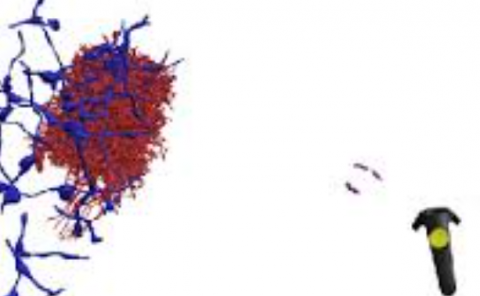A Novel Learning Strategy for the Trade-Off Between Accuracy and Computational Cost: A Touch Modalities Classification Case Study
PubDate: November 2021
Teams: University of Genoa
Writers: Christian Gianoglio; Edoardo Ragusa; Paolo Gastaldo; Maurizio Valle

Abstract
Wearable systems require resource-constrained embedded devices for the elaboration of the sensed data. These devices have to host energy-efficient artificial intelligence (AI) algorithms to output information to a human user. In this regard, the single-layer feed-forward neural networks (SLFNNs) proved to be very effective for deployment on very low-end devices. SLFNNs showed promising results when the goal was to balance the trade-off between accuracy and predictor complexity. Nevertheless, the elaboration system, which consists of data pre-processing and features extraction stages, affects the resource occupancy, computational cost, and also eventual generalization performance. In this paper, we propose a learning strategy based on the out-of-samples technique that leads to finding the configurations of the elaboration unit and the parameters of the predictor that best balance the generalization accuracy and the computational cost of the whole system. An intensive study over the touch modalities classification problem shows that the best solution in terms of the only accuracy is achieved by the SLFNNs, outperforming existing algorithms. Moreover, the learning procedure selects the configuration of the processing and features extraction stages, and the parameters of the predictor that present the best trade-off between generalization performance and computational cost.


